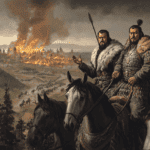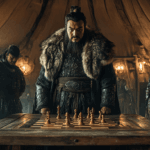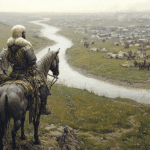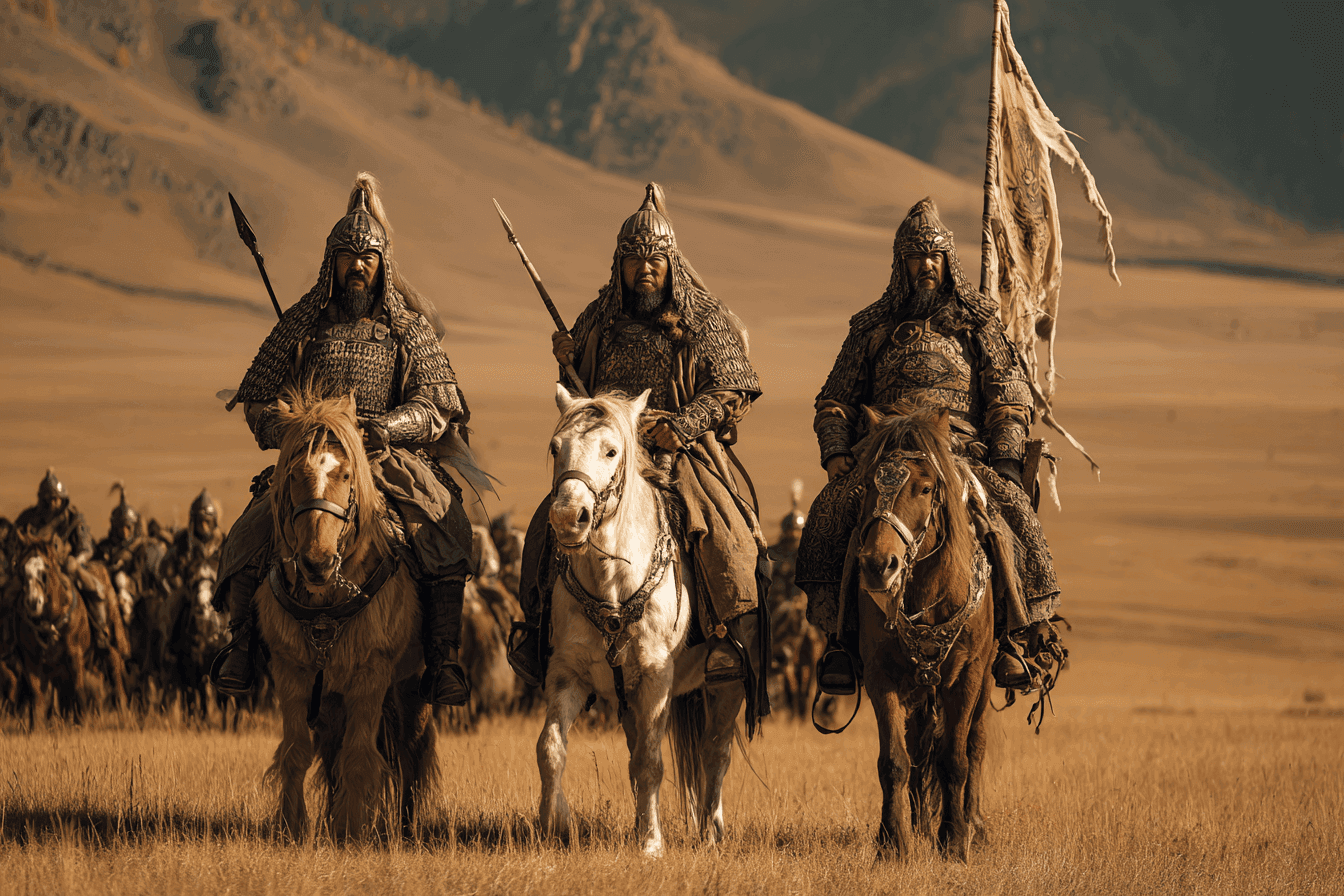
At the dawn of the 13th century, as Genghis Khan forged the largest contiguous land empire in history, one creature stood at the heart of his conquests: the Mongol horse. These small, stocky animals were more than mere mounts; they were partners in war, sources of sustenance, spiritual symbols, and the backbone of a culture that would change the world.
Origins and Characteristics of the Mongol Horse
The Mongolian horse is among the oldest breeds in the world, with evidence of domestication dating back to at least 2000 BCE. Remarkably, the breed has changed little since the days of Genghis Khan. With over three million Mongol horses still roaming the steppes today, they outnumber the human population of Mongolia – a testament to their enduring importance.
Physically, Mongol horses are short and stocky, standing between 12 and 14 hands high. They have strong legs, a large head, and a thick, shaggy coat that protects them from the brutal Mongolian winters. Their stamina is legendary: they can gallop for up to 10 kilometers without rest, survive on sparse grass, and drink only once a day. In winter, they eat snow for water and dig beneath it to find grass, often losing up to 30% of their body weight during the coldest months, only to regain it in the brief summer. Their hard hooves rarely suffer from foot problems, a necessity for animals that live in semi-wild conditions and must fend for themselves.
Regional variations exist: desert horses have larger feet for sandy terrain, mountain horses are shorter and stronger, while steppe horses are the tallest and fastest. Mongolian herders have traditionally bred for color and speed rather than conformation or temperament, with different provinces favoring different coat colors.
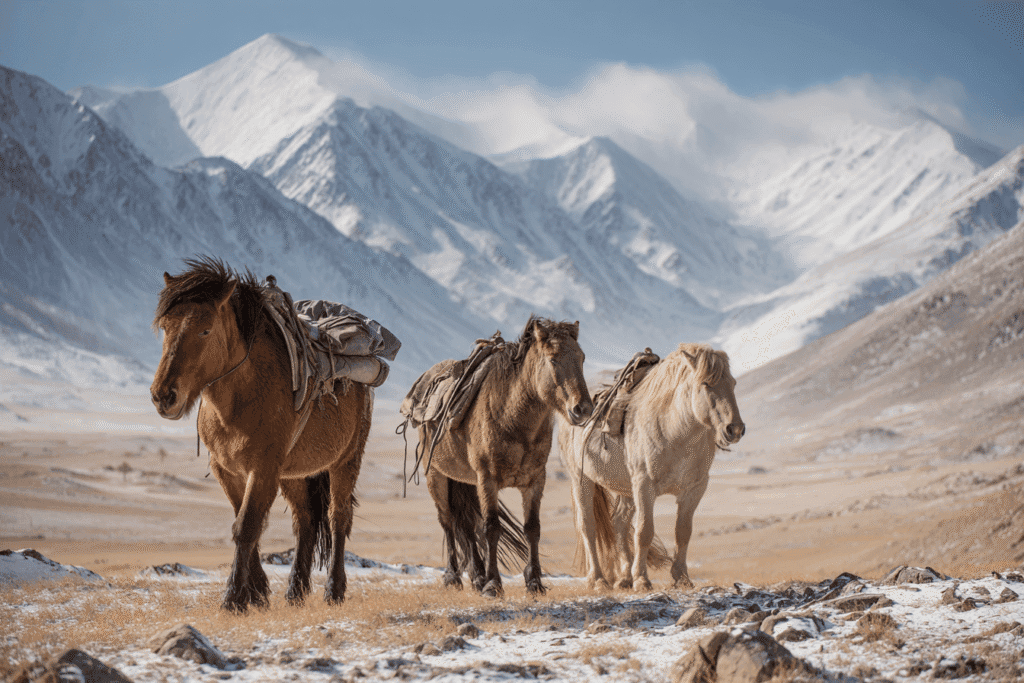
The Mongol Horse in Daily Life
For the Mongols, horses were not just beasts of burden—they were central to every aspect of life. The animals provided transportation, milk, meat, and even spiritual power. Mongol soldiers often rode lactating mares so they could drink their milk on campaign, and fermented mare’s milk (airag or kumis) remains a staple of Mongolian cuisine.
“The Mongol soldier relied on his horses to provide him with food, drink, transportation, armor, shoes, ornamentation, bowstring, rope, fire, sport, music, hunting, entertainment, spiritual power, and in case of his death, a mount to ride in the afterlife.”
Spiritual beliefs about horses ran deep. The mane was thought to contain a horse’s spirit and strength, so the manes of stallions were never cut. Mare’s milk was used in purification ceremonies, and when a horse died, rituals were performed to ensure its spirit remained content. In shamanic practices, horses were even sacrificed as a means of providing “transport” to heaven for the deceased.
The Mongol Horse as a War Steed
It was in warfare that the Mongol horse achieved its greatest fame. Genghis Khan’s army was entirely cavalry-based, making it the most mobile military force of its era. Every soldier traveled on horseback, and each warrior typically had several horses – sometimes five or more – allowing them to switch mounts and maintain relentless speed and stamina over vast distances.
The Mongol horse’s endurance was a strategic advantage. Unlike European warhorses, which required grain and frequent watering, Mongol horses could survive on grass and snow, freeing the army from long supply lines and enabling rapid, unpredictable movements. This self-sufficiency allowed Mongol armies to conduct winter campaigns in Russia and other harsh environments where other cavalry would have faltered.
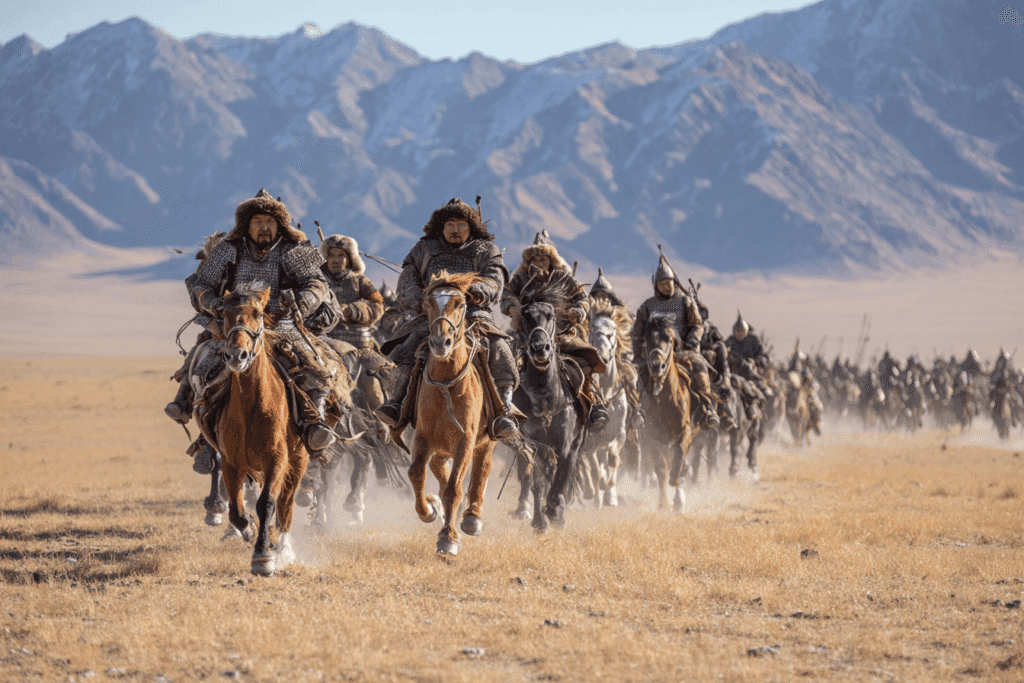
Military Tactics and the Horse
Traditional Mongolian saddle with high pommel and cantle, silver disc decorations, and patterned flaps, shown on a horse
Genghis Khan’s military genius lay in his innovative use of the horse in battle. Mongol cavalry employed tactics such as the feigned retreat, where riders would pretend to flee, luring enemies into pursuit before turning to launch a devastating counterattack. The mobility of the Mongol horse allowed for rapid flanking maneuvers and surprise assaults, making the Mongol army nearly impossible to pin down.
“The Mongolian steed, known for its endurance and ability to survive in harsh conditions, became the backbone of his army. Each soldier was typically mounted on a horse, allowing far greater mobility compared to infantry forces. This mobility enabled his troops to execute rapid maneuvers, outflanking enemies and striking with precision.”
The composite bow, made of sinew and horn, was the Mongol warrior’s primary weapon, and it could be fired accurately from horseback at a gallop, giving the Mongols a deadly advantage over foot soldiers. The bow had a range of over 350 yards, surpassing even the famed English longbow. The saddle, made of wood and leather and rubbed with sheep’s fat to prevent cracking, allowed for long hours in the saddle and a firm seat, while sturdy stirrups enabled riders to shoot with remarkable accuracy while moving.
The Mongol horse’s only real disadvantage was its speed—it was slower than some European breeds. However, this was offset by the lighter loads they carried and their unmatched endurance. The horses’ ability to survive on their own meant that the Mongol army could move faster and farther than any adversary.
Logistics, Communication, and the Silk Road
The Mongol empire’s vastness demanded a sophisticated communication network, and once again, the horse was central. Relay stations, or yam, were established across the empire, each stocked with fresh horses. Couriers could travel hundreds of kilometers in a single day by switching mounts at these stations, allowing for rapid transmission of orders and intelligence.
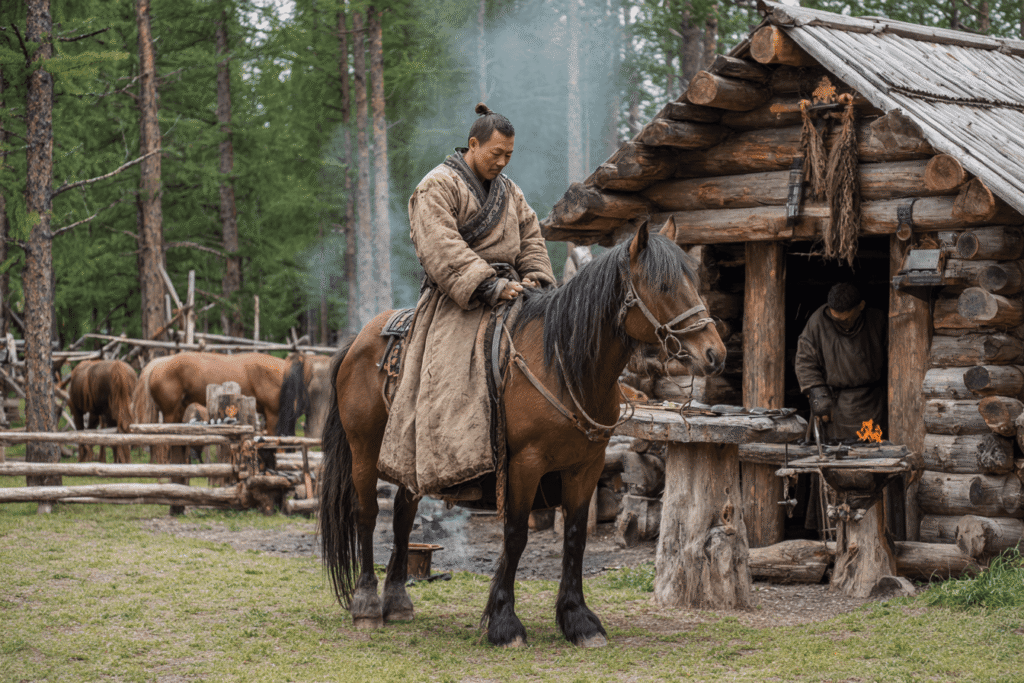
This network also facilitated the Silk Road trade routes, which flourished under Mongol protection. With the roads made safe from bandits, caravans of camels, donkeys, and horses carried goods, people, and ideas between Asia, Europe, and the Middle East. The Mongol horse was thus not just a tool of conquest, but also a vehicle for cultural and economic exchange.
The Horse in Mongol Culture and Art
The Mongol horse was immortalized in music and art. The morin khuur, or horsehead fiddle, is a traditional Mongolian instrument whose two strings are made from horsehair and whose carved head resembles a horse. Musicians often mimic the sounds of hoofbeats and whinnies as they play, symbolizing the deep connection between horse and rider, music and spirit.
“In Mongolia, music, horses, and mysticism are all related: Horses carry people in the material world, and music carries people to the spiritual world. Musicians refer to the instrument as their steed, and they sometimes mimic the sound of hoofbeats and whinnies as they play.”
In Mongol culture, horses were believed to possess spiritual power. Before battles, commanders would scatter mare’s milk on the ground as an offering for victory. When a horse died, elaborate rituals were performed to ensure its spirit was at peace, and in shamanic ceremonies, horses were sacrificed to provide transport to the afterlife. The Mongols believed that a warrior would need a horse in the next world, just as in this one
Horses as a Source of Power and Prestige
Ownership of horses was a sign of wealth and status among the Mongols. Herds could number in the hundreds or thousands, and a man’s fortune was often measured by the size and quality of his herd. Horses were given as gifts, used to seal alliances, and even played a role in marriage negotiations.

The Mongol horse’s reputation spread far beyond the steppes. Chinese chroniclers wrote admiringly of their hardiness, and European observers, such as the English writer Matthew Paris, described them as “big, strong horses, which eat branches and even trees, and which they [the Mongols] have to mount by the help of three steps on account of the shortness of their thighs”. (In reality, the Mongols did not use steps to mount.)
Legacy and Endurance
The Mongol horse’s legacy endures. Modern Mongolian herders still rely on these animals for transport, milk, and meat, and the annual Naadam festival features horse racing as one of its central events. The breed’s genetic influence can be seen in many Asian horse breeds, and its reputation for toughness and endurance remains unmatched. Despite centuries of change, the Mongol horse remains much as it was in Genghis Khan’s day – a symbol of freedom, resilience, and the unbreakable bond between horse and rider.
The Mongol horse was more than a tool of conquest. It was a lifeline, a spiritual companion, and a cultural icon. Its unique qualities – endurance, hardiness, self-sufficiency – enabled the Mongols to achieve feats of mobility and military prowess that astonished the world. In the words attributed to Genghis Khan himself, “It is easy to conquer the world from the back of a horse.”

